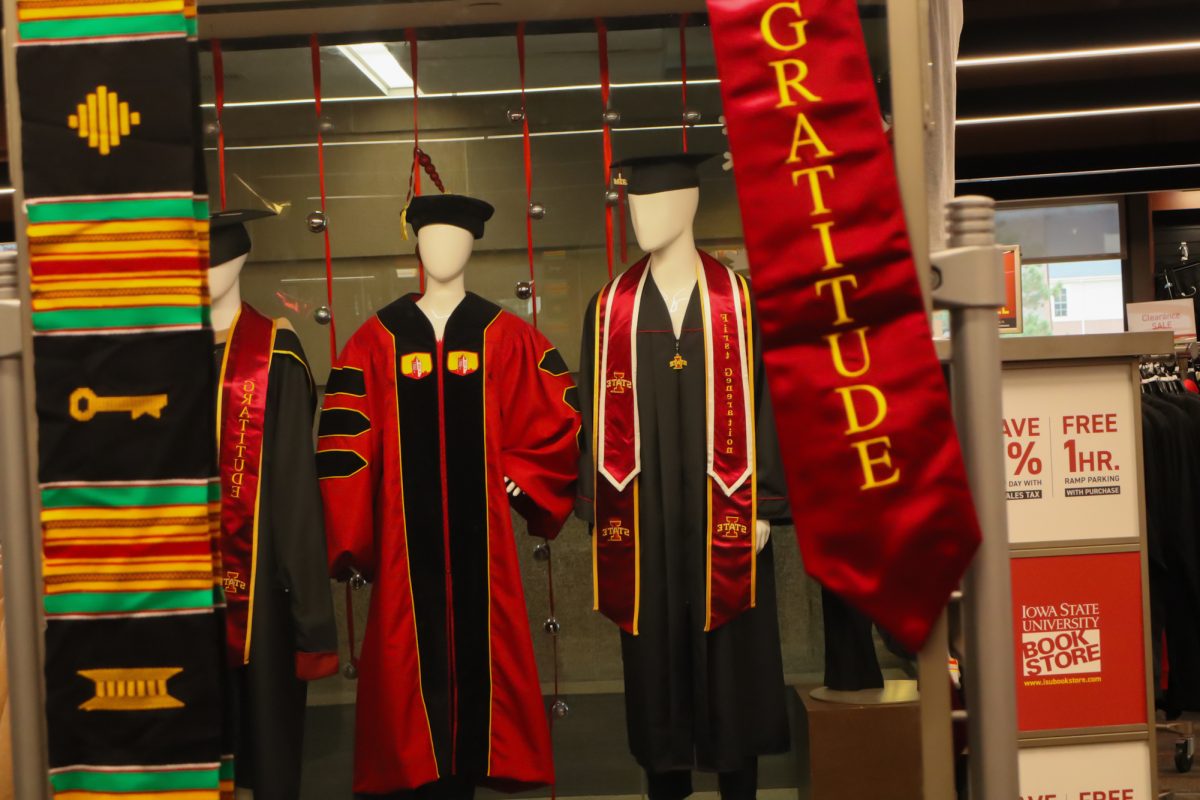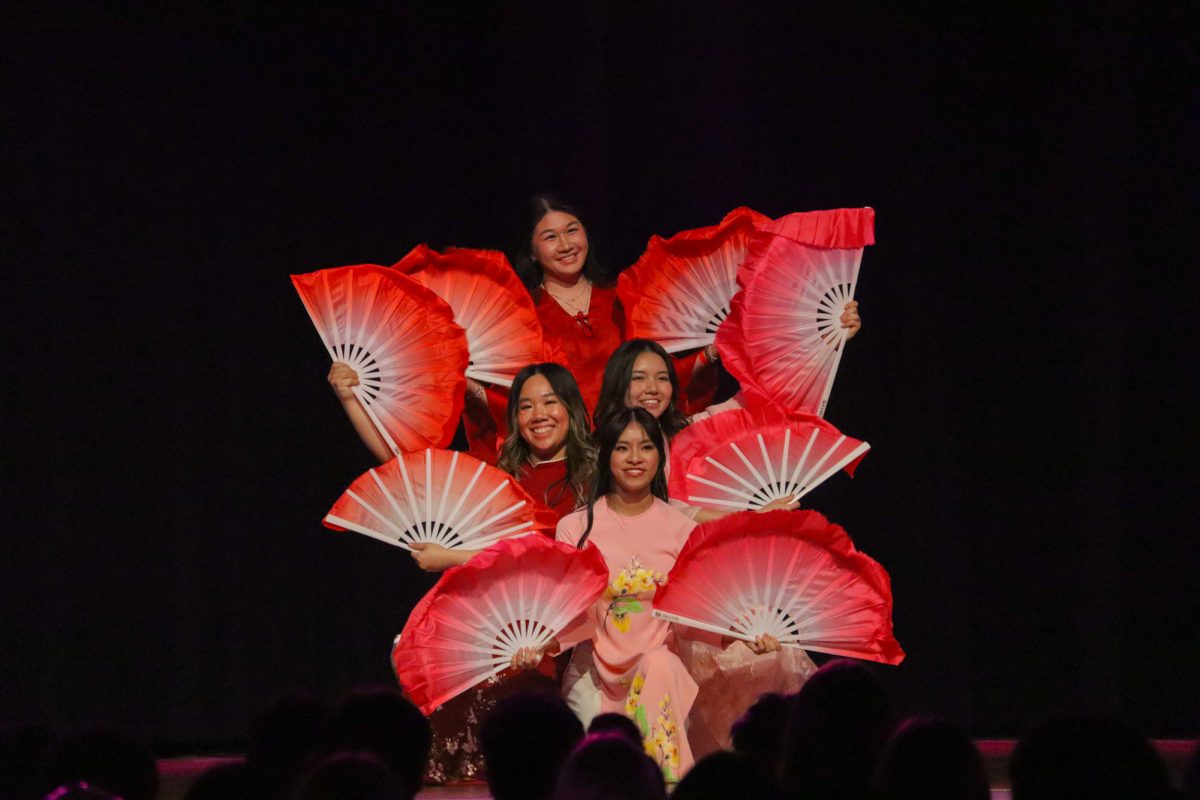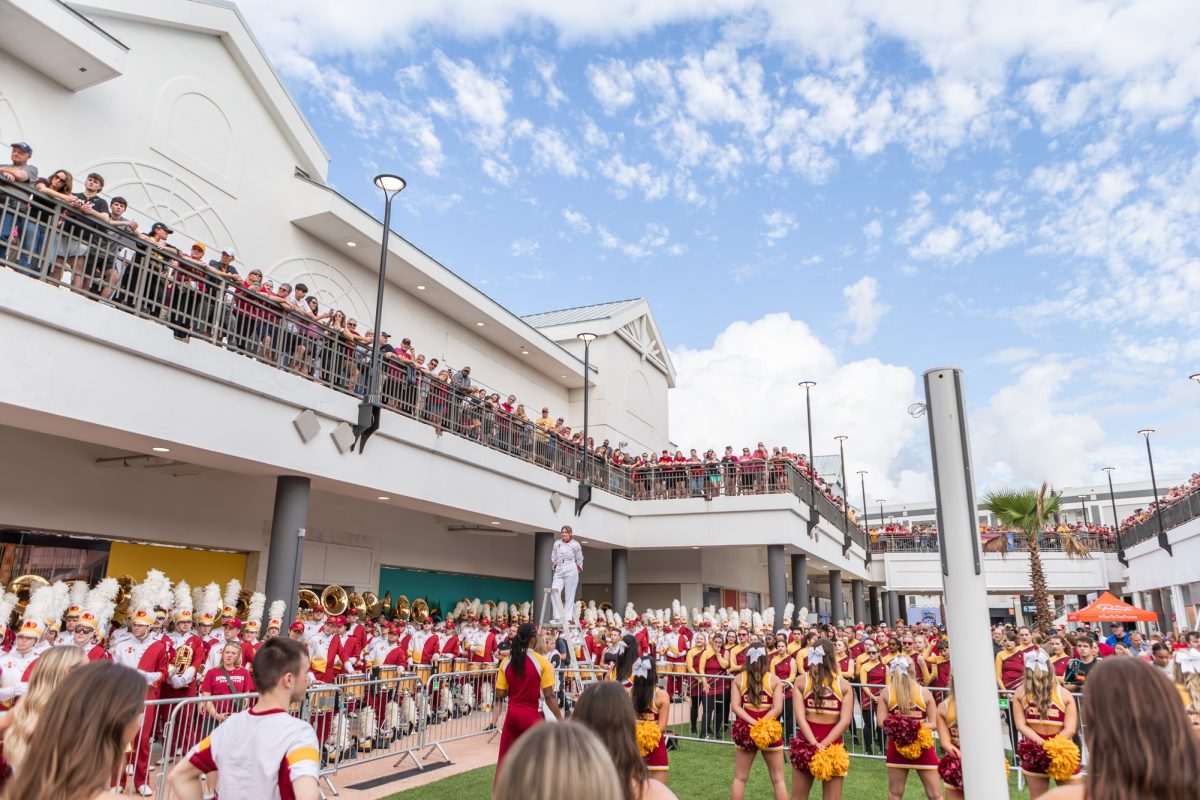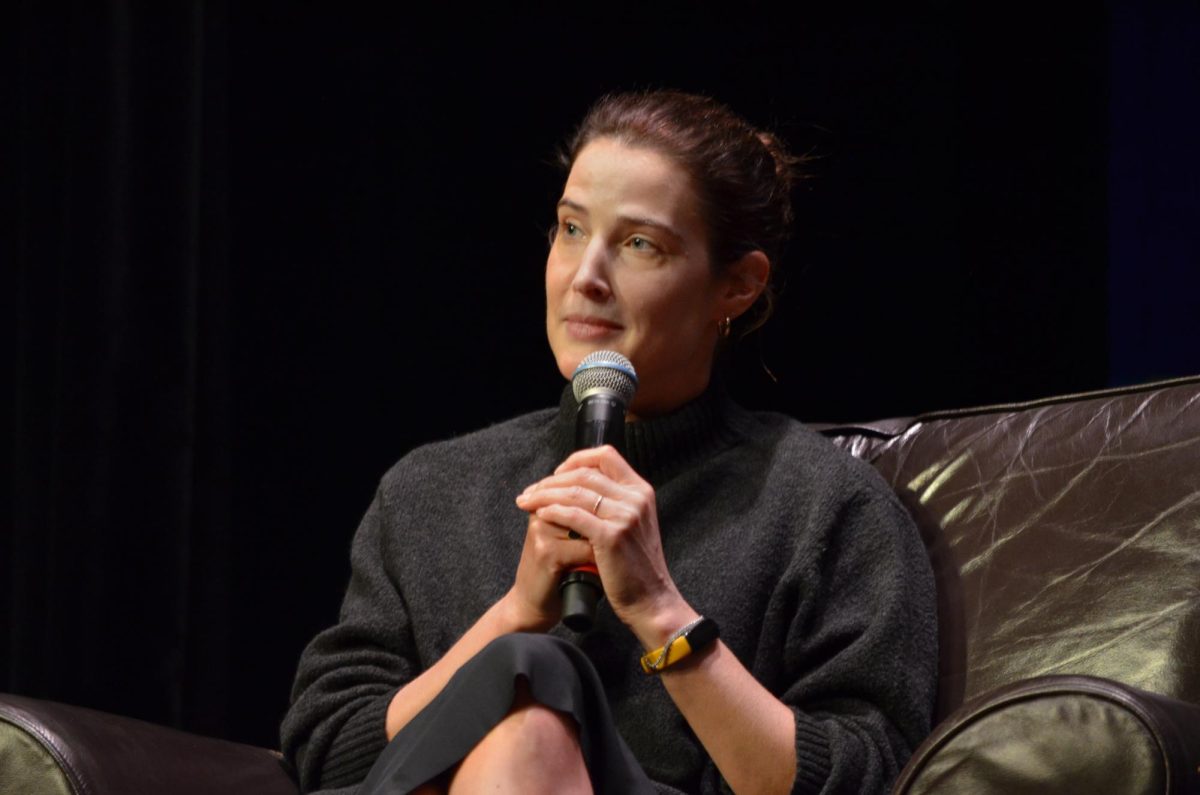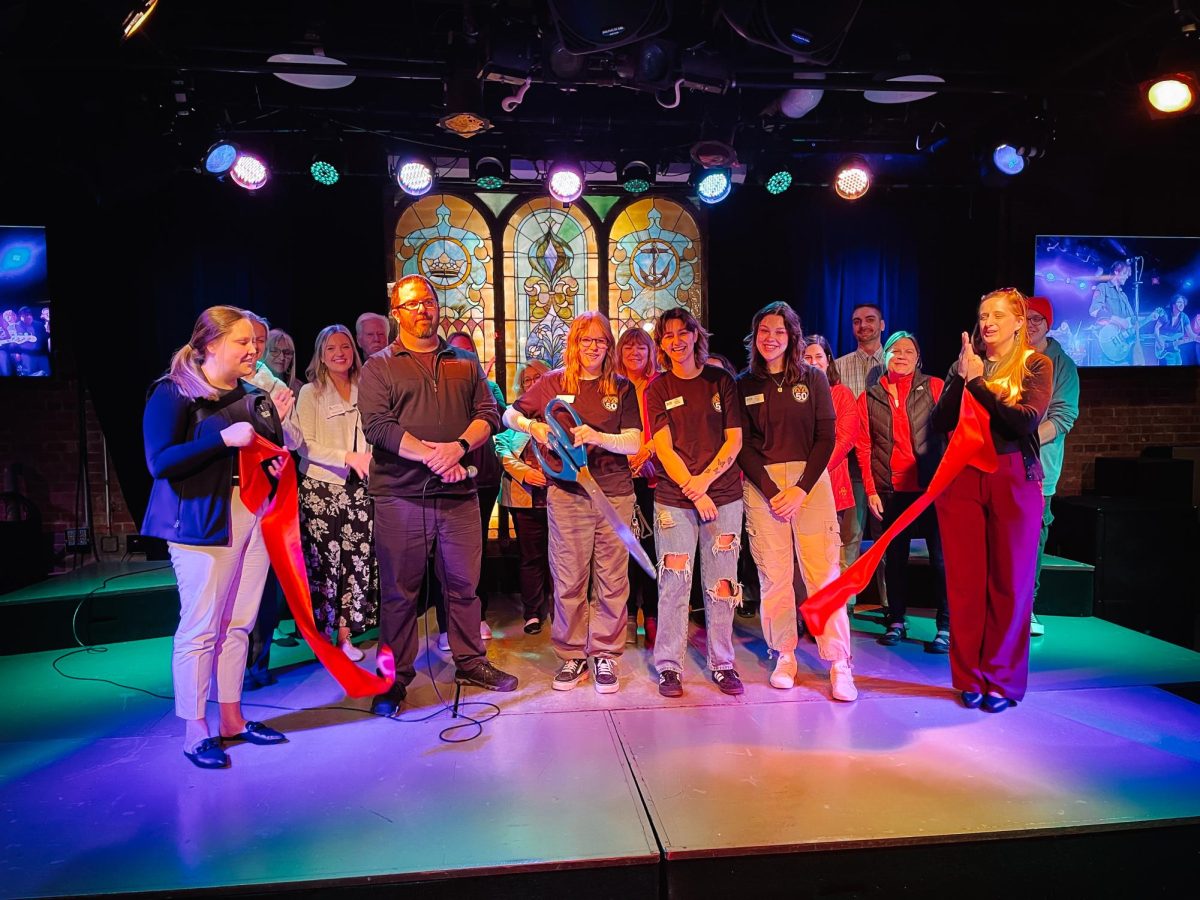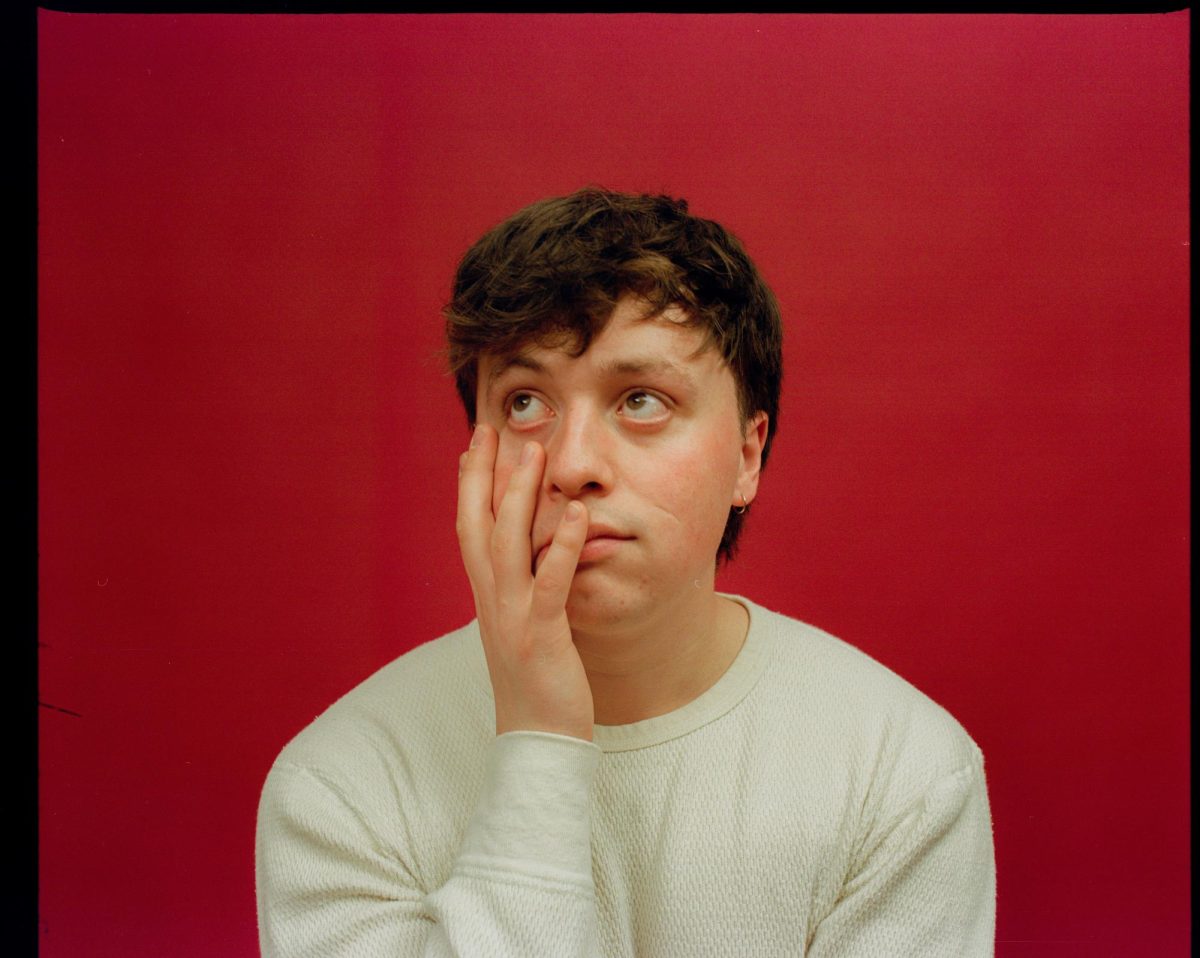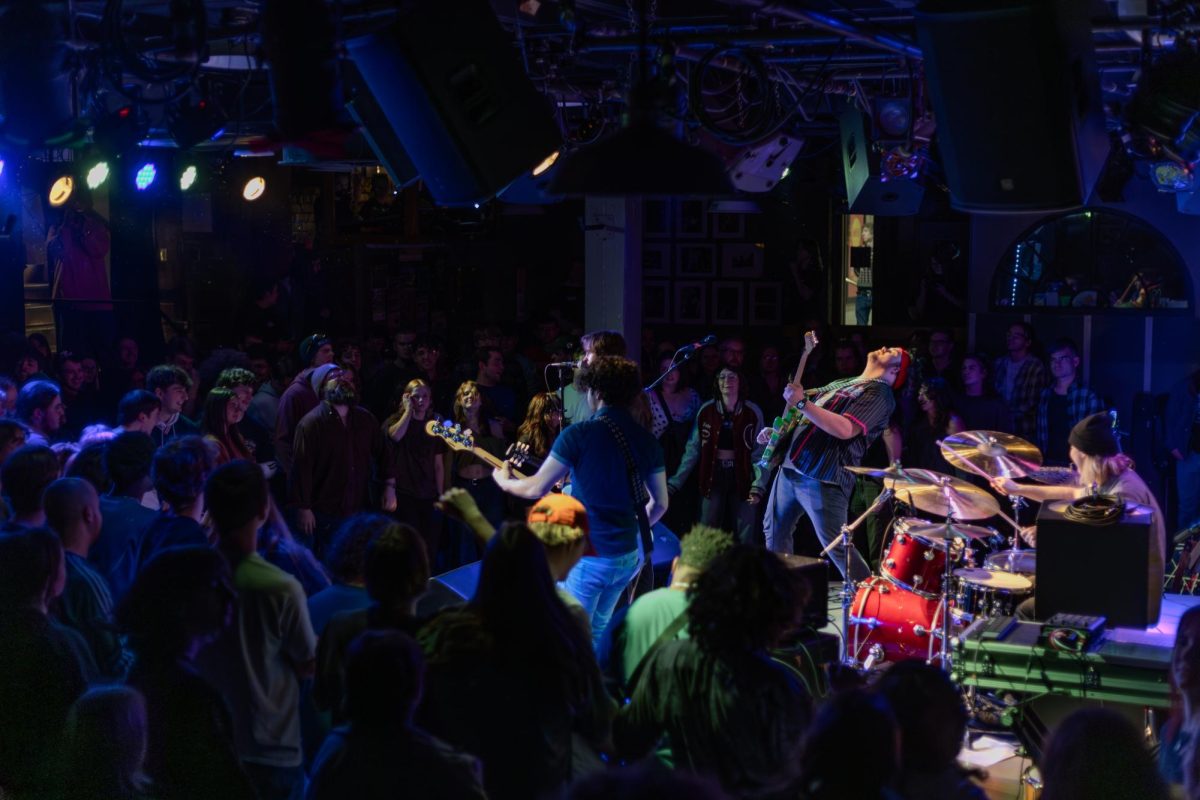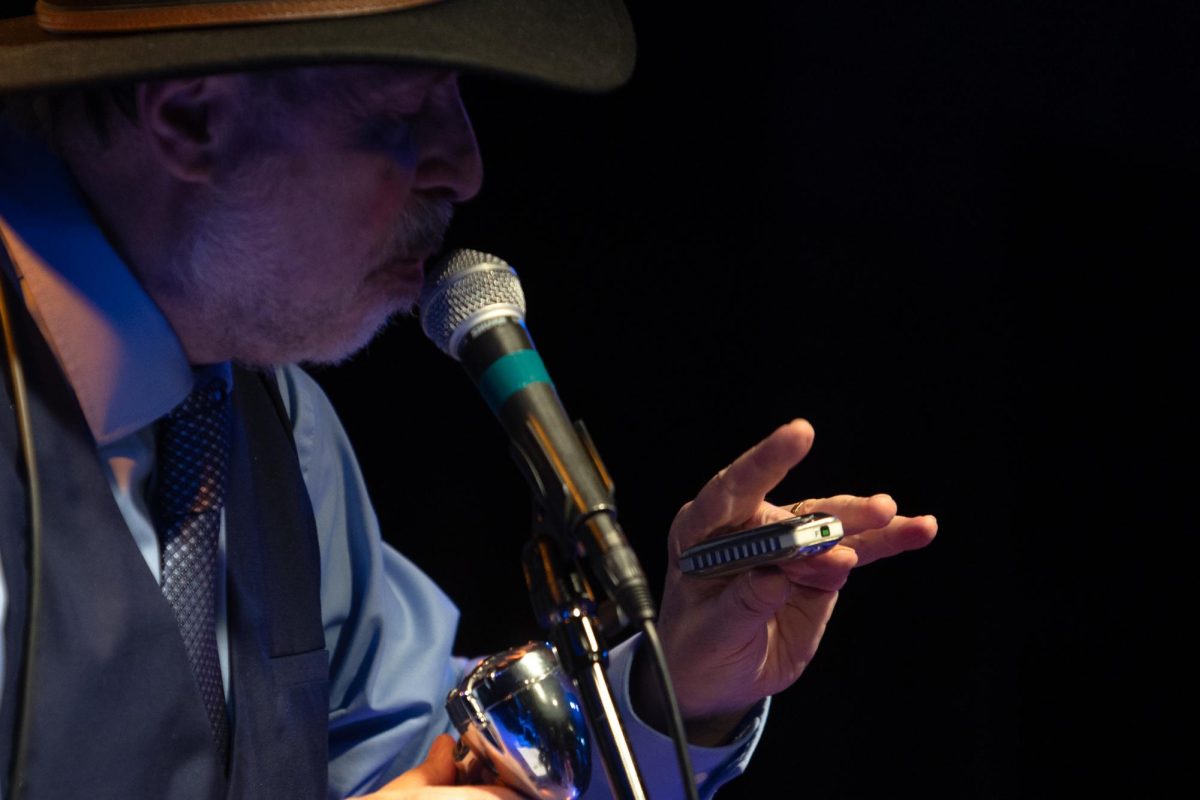The 52nd annual Octagon Art Festival drew a crowd of nearly 10,000 people to downtown Ames on Sunday.
Artists lined the streets in booths, showcasing and selling their creations. Delicious smells from food trucks drifted through the air, along with free musical and dance performances that captivated audiences.
“The festival is a great way to feature our amazing downtown,” said Heather Johnson, the executive director of the Octagon Center For The Arts.
Johnson has organized every Octagon Art Festival since she started working for them 21 years ago.
“We really are trying to get the perception out there that it is an all-ages event,” Johnson said. “We are trying to be welcoming to all budgets and age ranges.”
There is a large volunteer force that makes the event possible. Johnson said the festival could not happen without the volunteers who collectively put in about 250 hours on the day of the festival.
This year, the volunteer list included at least eight Iowa State students after their sociology professor encouraged them to volunteer. Iowa State students were also attending the festival as featured artists.
Natalie Deam is a second-year student in the Integrated Visual Arts MFA program at Iowa State. They participated in the festival displaying their prints, which feature native flora and fauna.
Every day, they take their dog, Quenya, for a walk along the Ioway Creek near their home. There, they take photos of the plants and animals they find, using them to make their prints.
Their work is part art and part activism, with Deam highlighting endangered species, as well as insects and amphibians, which are often “overlooked.”
“There’s great [conservation] work happening around Ames,” Deam said. “I hope my art steers people towards that.”
Ruby Walker was another Iowa State student selling their work at the festival. They are also a student in the Integrated Visual Arts MFA program.
“I like to look at everyday situations and people and paint them,” Walker said.
Currently, Walker has been working on their “body double” series, which involves painting the same person twice.
There were also several paintings of Leonard Nimoy as Spock from the original Star Trek series at Walker’s table. All paintings were part of the “Spock” series of 15 portraits that Walker painted over the course of 3 months.
“He struggles with being human and having emotions… which is the most human thing you can do,” they said.
Jordan Brooks is the founder of KNWSLF, which “blends creative expression and inquiry with community and person-centered interventions,” according to his website. Brooks is also the Assistant Dean of Students for Intercultural Initiatives and Resource Centers/Director of the Office of Multicultural Student Affairs at Iowa State.
All of his work is about “seeing yourself, knowing yourself, and being yourself,” and he uses pen and ink, acrylic and oil, digital art and screenprinting to express these ideas.
Brooks said that he gets much of his inspiration from conversations with other people, as well as his own self-reflection.
Brooks also offers free weekly creative affirmation texts to “support other people in their own creative journey.”
Wearable art was also for sale, including the work of Maddy Fusco, selling shirts with her designs on them, as well as prints and stickers.
Fusco describes her work as “riding the line between creepy and cute” and gets her inspiration from nature and anatomy.
Many of her designs feature supernatural creatures, skeletons and outdoor scenes.
It was her second year at the Octagon Art Festival, and she said she came back because she “liked to be part of a more art-focused market.”
Samantha Williams and Joey Norris are the minds behind Walden Run, a Red Oak-based company that uses repurposed wood to make jewelry and furniture.
According to their website, “Since 2019, Walden Run has been rescuing trees in Iowa that have come down naturally and from local agricultural clearings, that otherwise would’ve been burned or sent to the landfill.”
The concept for the company blossomed when they became aware of the large amount of wood burned annually in Iowa.
“It’s extremely important to keep as much carbon out of the air as possible,” Norris said. “People just need to want wood for something.”





